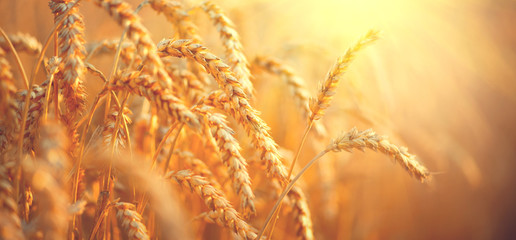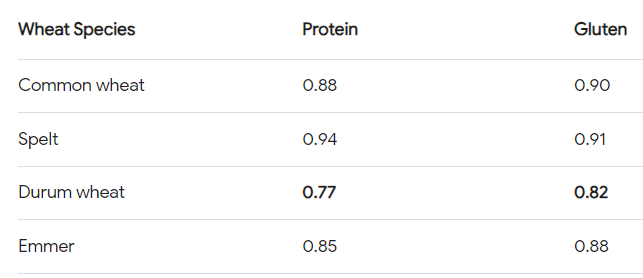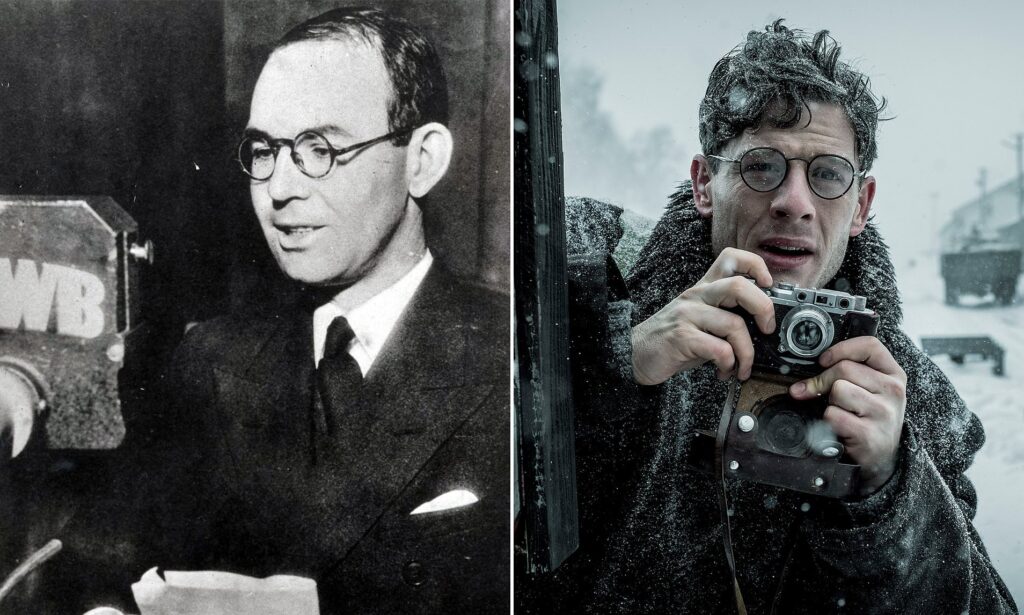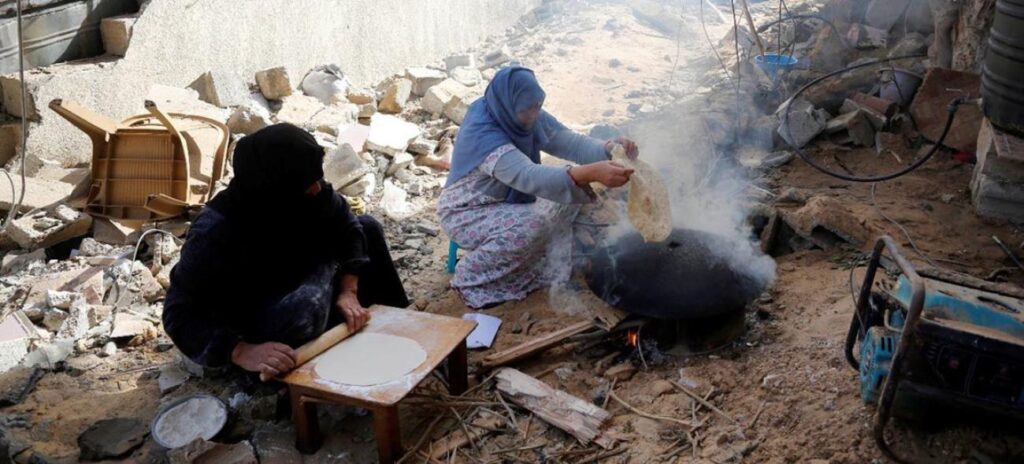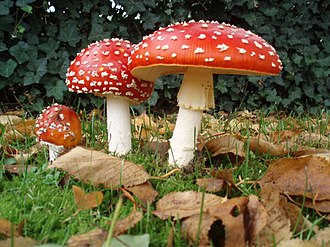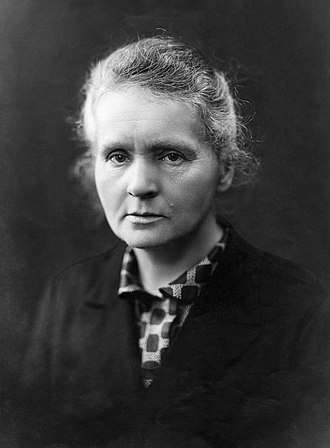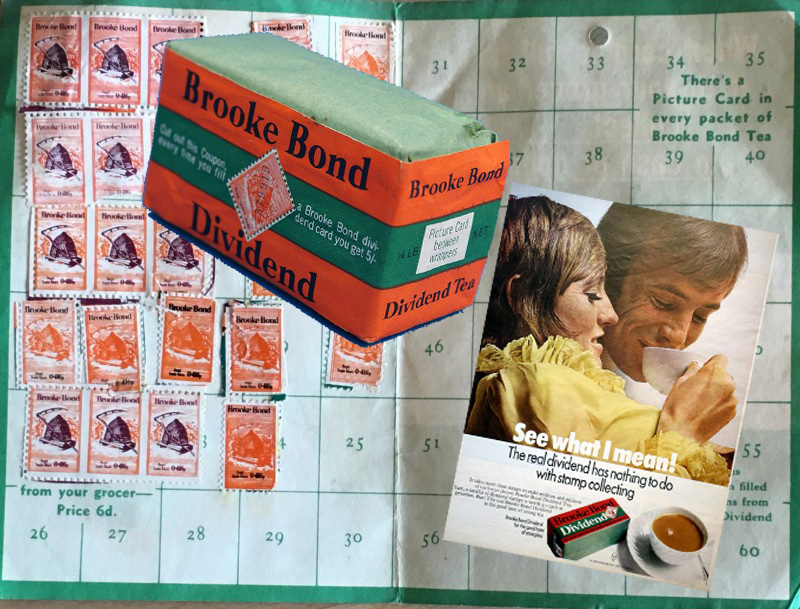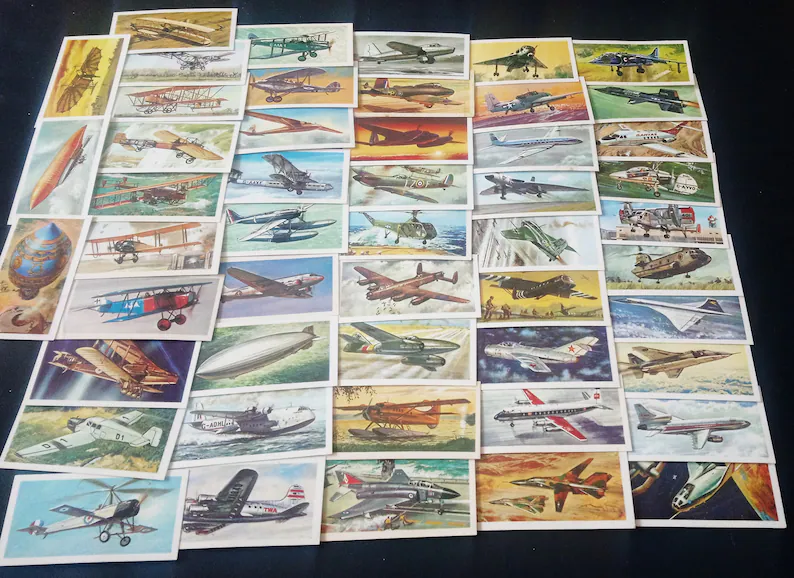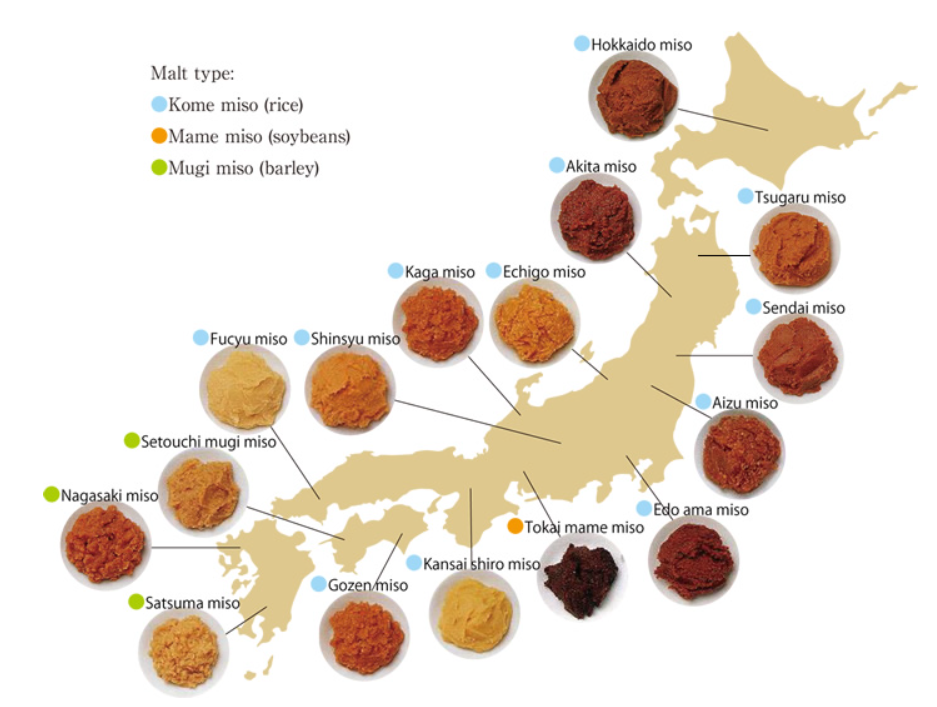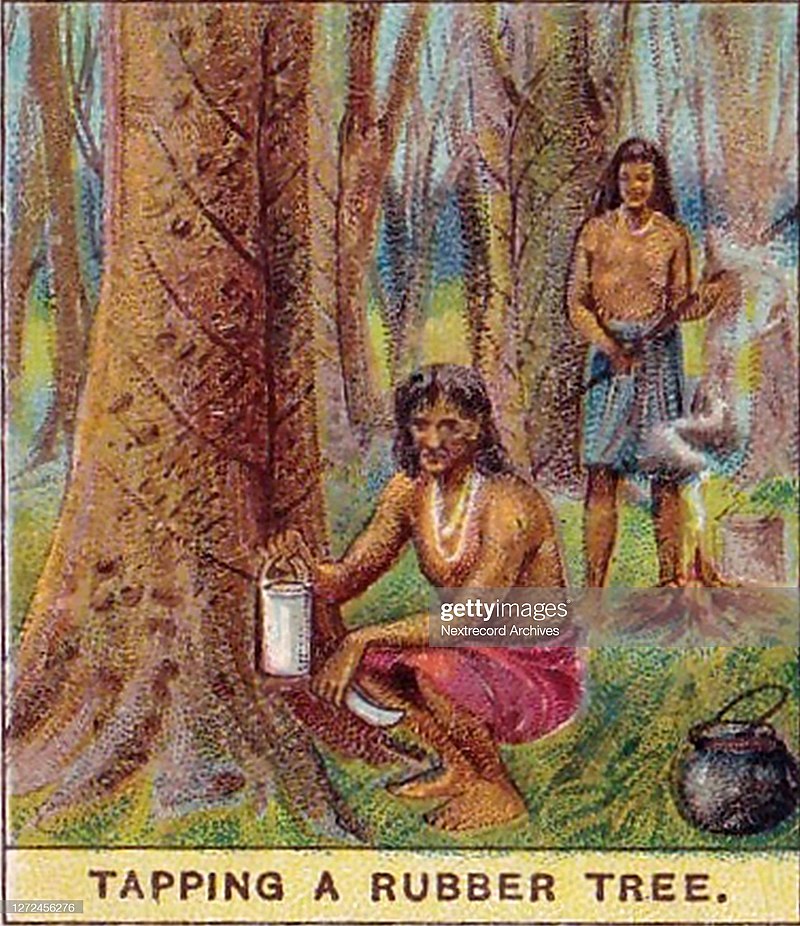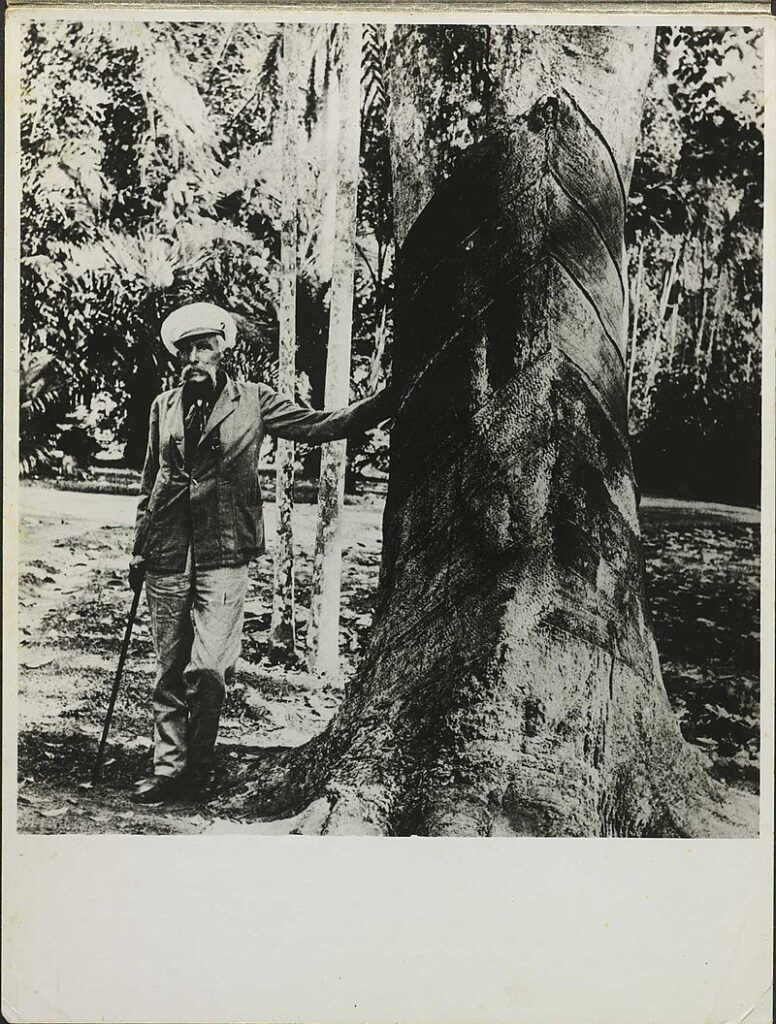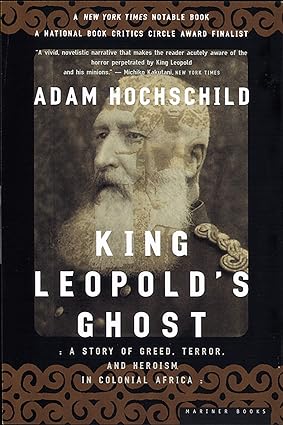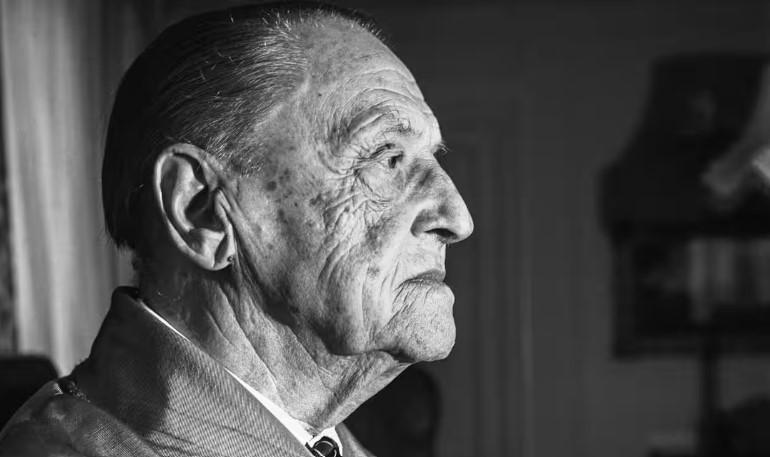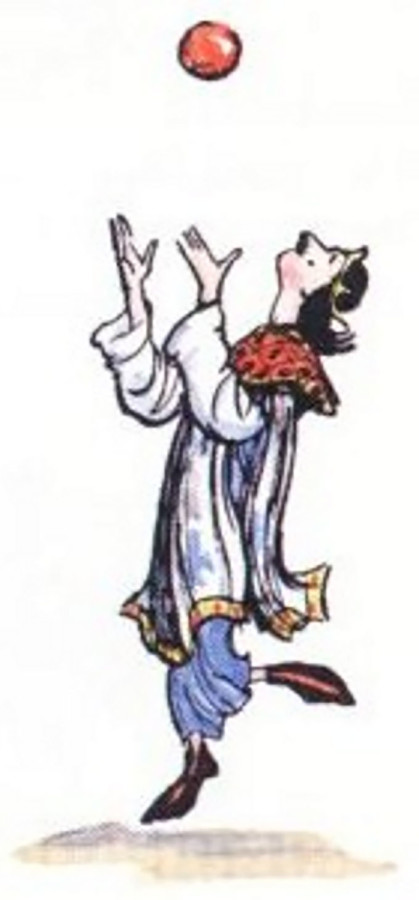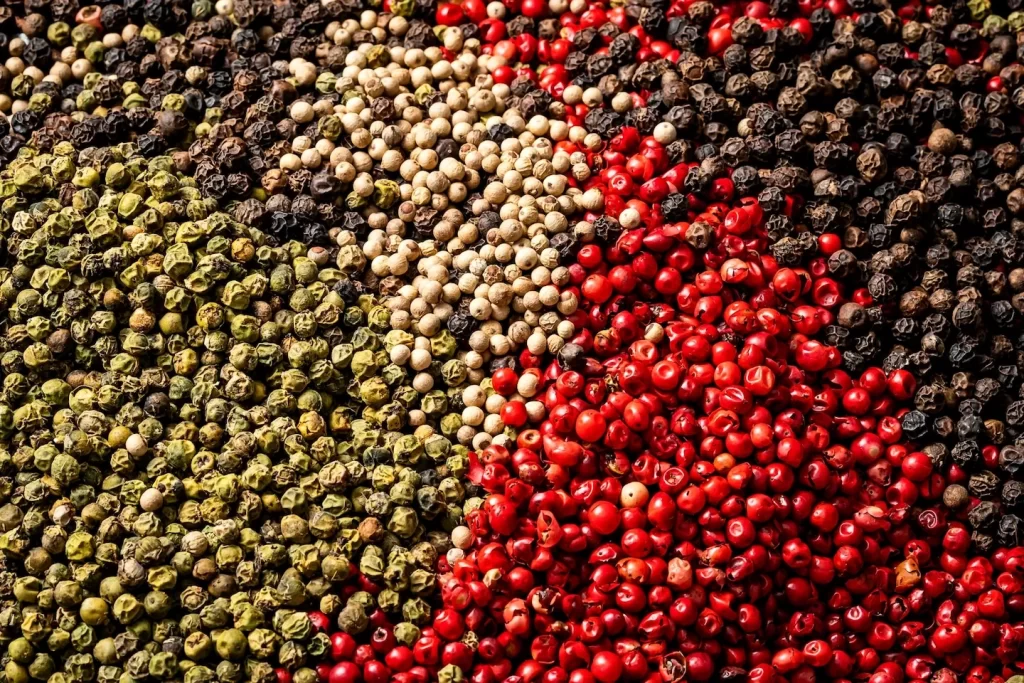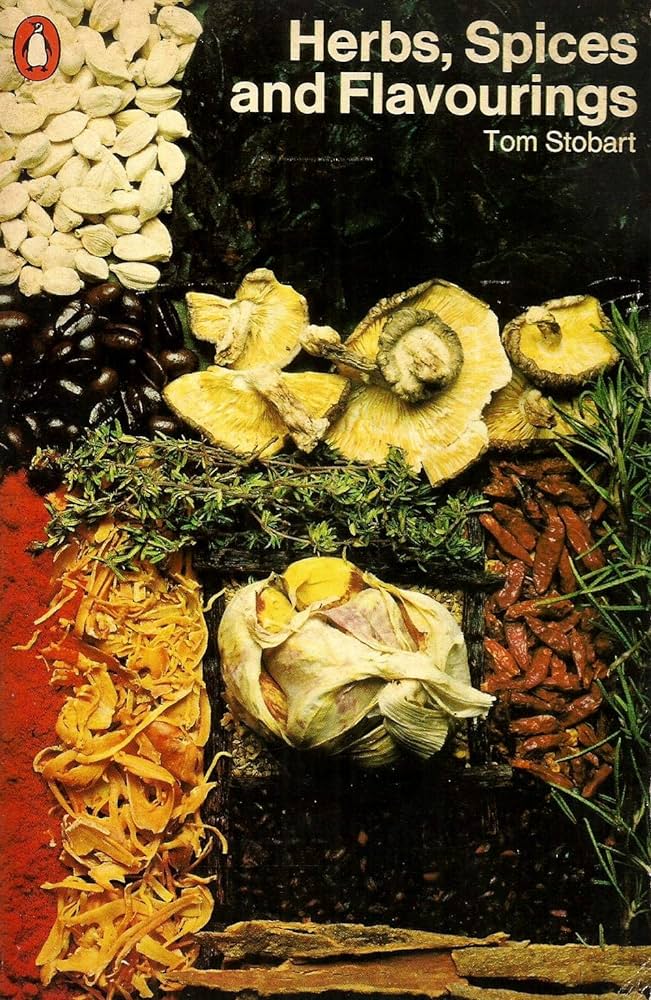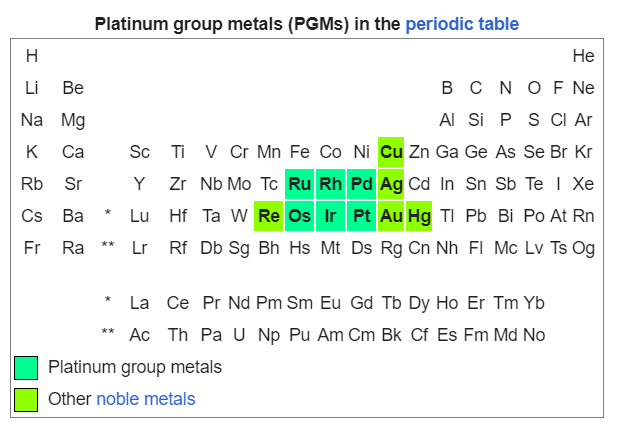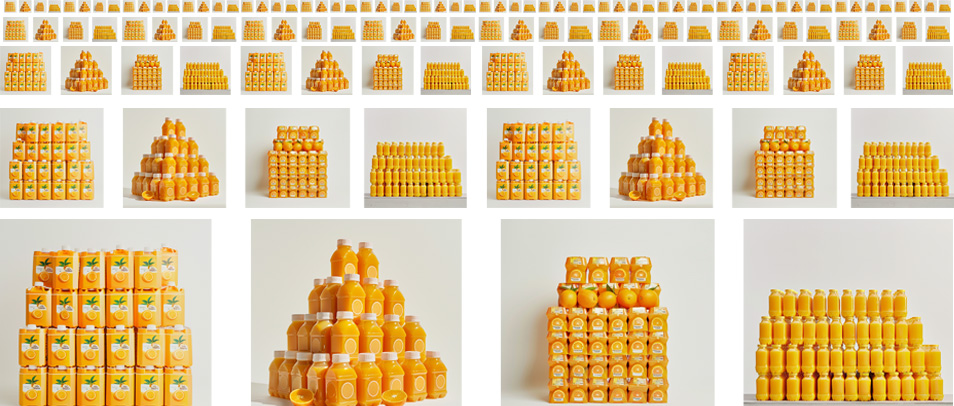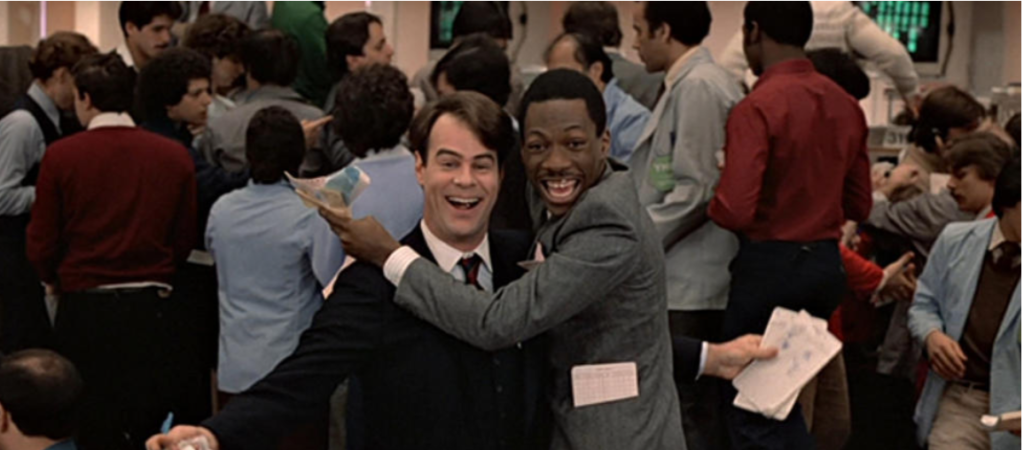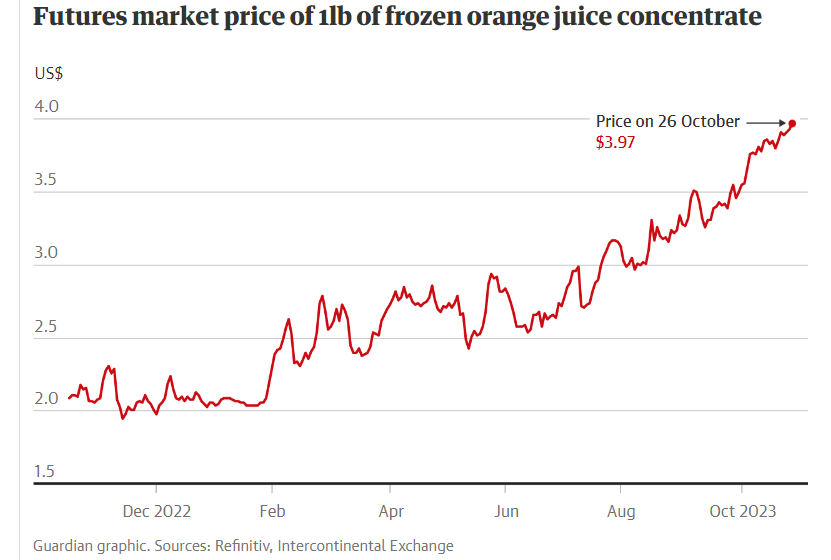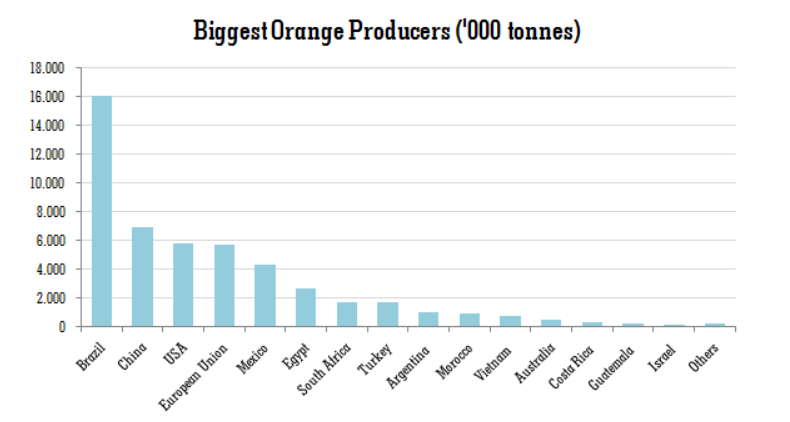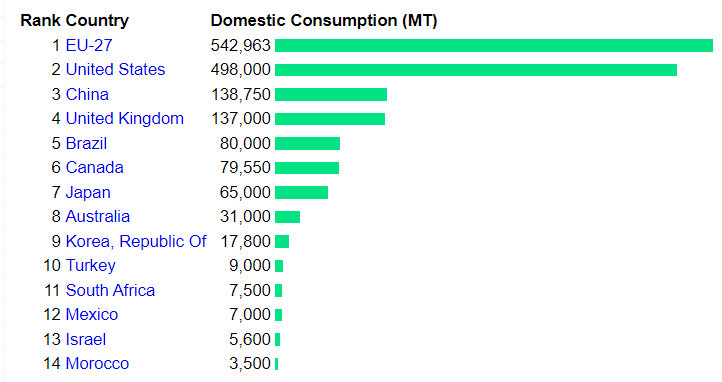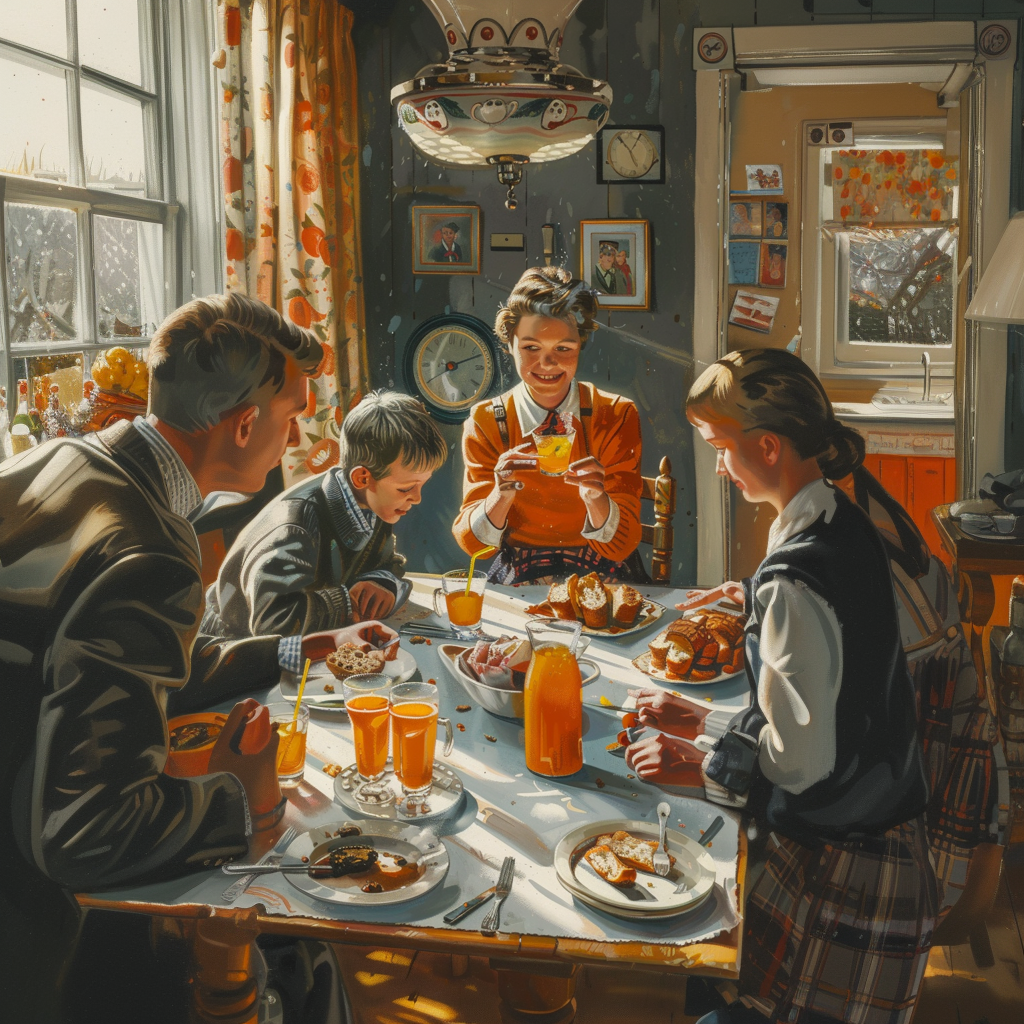The dual theme of my A to Z Challenge this year is the world of Commodities and Poetry Forms so the juxtaposition of these two themes may throw up some strange poems – could be a Heroic Ode to Heating Oil or will it merit a Haiku or a Haibun – whichever, I will be endeavouring to bring you interesting facts about commodities that may change the way you think about the stuff we variously depend on…
By commodity I mean certain items that are of both sufficient value/volume to be traded in special markets and are generally volatile enough to attract traders in “Futures” which are a way of hedging bets in the trading world of stocks, shares and commodities.
The A to Z Challenge runs throughout April and will consist of 26 posts – there are only a couple of letters for which I couldn’t find commodities but plenty of poetry forms to carry the day!
Exegesis – “critical explanation or interpretation of a text”
Usually, I review my A-Z Challenge at the end of the month as well as hopping on the Roadtrip to review some of the other blogs I have visited, but over the last week I have started to have a perspective on what I have learned on my journey through commodities. Since with the best will in the world, I could not find either a commodity or a poetry form beginning with “X” – I am going to allow myself time to draw some threads together before going on to “Y” and “Z” next week – oh, and to choose a poetry form that I did not write to already this month!
I thought there would be quirky facts about various substances, I thought that portraying stuff as Commodities might yield a different viewpoint, but I didn’t anticipate the Geopolitical tropes that would occur time and again or the Environmental recurring themes either. Of course, I have realised that that is partly because of me – who I am and what therefore stood out for me. For example, the imperial atrocities associated with the early extraction of Rubber, both in the Amazon and the Congo. The fact that atrocities are still being perpetrated against indigenous peoples in both those river basins not to mention virtual slave and child labour. How industries rose and fell like the Whale Oil industry between 1780-1860 and only the advent of Kerosene saved many more whales from extinction – and yet the age of oil exploitation threatens a wider extinction through global warming…
Time and again we have seen how commodities like Gold, Silver and Oil – “Black Gold” – have been the driver behind imperial conquest, how enmity between trading blocks has led to fluctuations in the market – Putin’s war on Ukraine has – through sanctions applied to Russia – affected grain prices, energy prices and even more exotic commodities like Palladium – and these are not just effects on the traders who gamble in commodity futures, but ordinary people who have experienced rampant inflation due to rocketing energy prices or in Africa – people who have suffered the euphamistic “Food Insecurity” due to the lack of Ukrainian grain as we saw in yesterday’s Wheat.
It’s not just the politics and the lingering effects of Imperialism, but the environmental issues that have come to light – we first encountered this with Barley – a crop which likes cool conditions but without too much rain and as we have come to know in the last few years (Donald Trump arch-denier notwithstanding) global warming can mean too hot, too cold, too dry too wet – too variable – so sip your malt whisky while you may…
Today the news is headlined by student protests against the genocide in Gaza calling not only for a ceasefire, and the implementation of the two-state solution, but the divestment of investment by their universities, in any company involved in supporting Israel – such as arms manufacturers like Lockheed. In making these protests, the students are not only demonstrating the ongoing ability of youth to see through years of invested bullshit and like the tale of the Emperor’s New Clothes, see what is really going on and call it out, but they reveal that they understand that the way to tackle it is through economics – hitting companies and errant countries in the wallet – the issues are complex and the histories entwined but much comes down to money… The issues of the environmental, socio-political and geo-political that my skimming through tales of commodities have raised, are much the same – if we want a better, fairer , safer world then it is going to cost us – choices will have to be made, things taken seriously…
Ever since last year, when the poet Misky introduced me to Midjourney – still the best generative AI picture app, I have been using it to produce illustrations – including a number of posts here on the A-Z Challenge. I am a painter and photographer but I would not rate my Illustration skills and so I am delighted by the ability of Midjourney to parse the instructions I “prompt” it with and watching the images form before your eyes is – well magic! But it can take a few iterations to get the AI to give you what you want (and sometimes you have to give up…) so here are some of the “nearly rans” from the past month!

You may recognise the unfortunate Sue (bottom left) from the post on Lacquer. When you ask Midjourney to create an image, it offers you not one, but four images to choose from and you can if you wish, either enlarge one or more of them or ask for variations on it – in this case I was happy with the first iteration.

I wanted an illustration of the many products that can be made from soya beans and although Midjourney made a credible and appetising looking effort, it was not quite comprehensive enough and in the end, I didn’t use it.

These happy families are quaffing orange juice and this illustrates how you can ask Midjourney to work “in the style of” – in this case the style of a Ladybird book cover which produced just the kind of post-war fifties feel I wanted to convey… Again, I went with the bottom left image but asked for it to be redone in a wider aspect ratio.
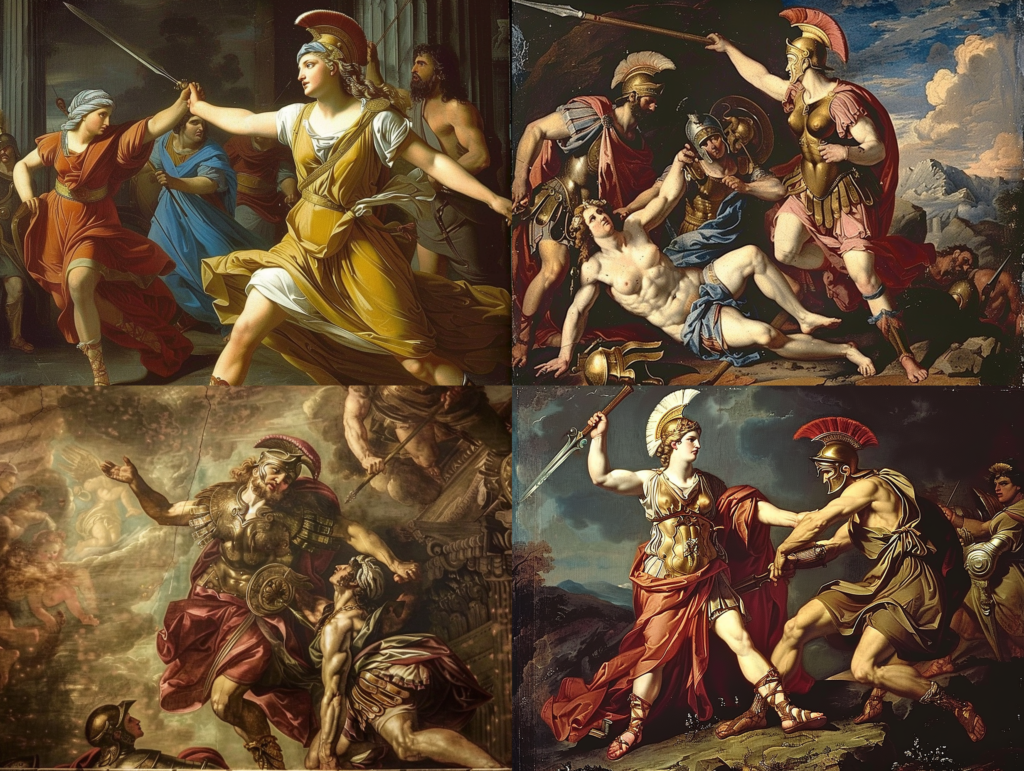
The problem with AIs is that they don’t fully understand what is going on in the images they learn from and this is particularly the case when asked to come up with something in the style of an old master. Here is the exact prompt I used here “The Goddess Athena impaling Pallas who is distracted by Zeus watching in the background in the style of Michaelangelo –ar 4:3 –v 6.0“. There is confusion about which and who Pallas is and even gender and though some spears are in evidence, they are not always held by the right person, and as for Zeus… You may say that my prompt is insufficient and you may be right but I think dealing with an AI is like trying to talk to an alien! The image I actually used in Palladium, had the following prompt – “The Goddess Athena fighting with Pallas as Zeus watches in the background in the style of Titian –ar 4:3 –v 6.0“
Lastly a series of images seeking to convey the Goddess Freya aka Vanadís for the post on Vanadium. I asked Midjourney to depict Freya Norse Goddes of love, beauty, fertility, sex, war, gold and magic but Midjourney declined until I removed the word sex from the prompt – Midjourney is a very modest AI… After that Midjourney interpreted the prompt with extraordinary beauty and imagination – I would tell you which two artists (separately) the following images were in the style of but I can’t let you into all my secrets but by all means hazard a guess in the comments and I will confirm if you are right… You might want to look at the one I finally chose (none of these) here.

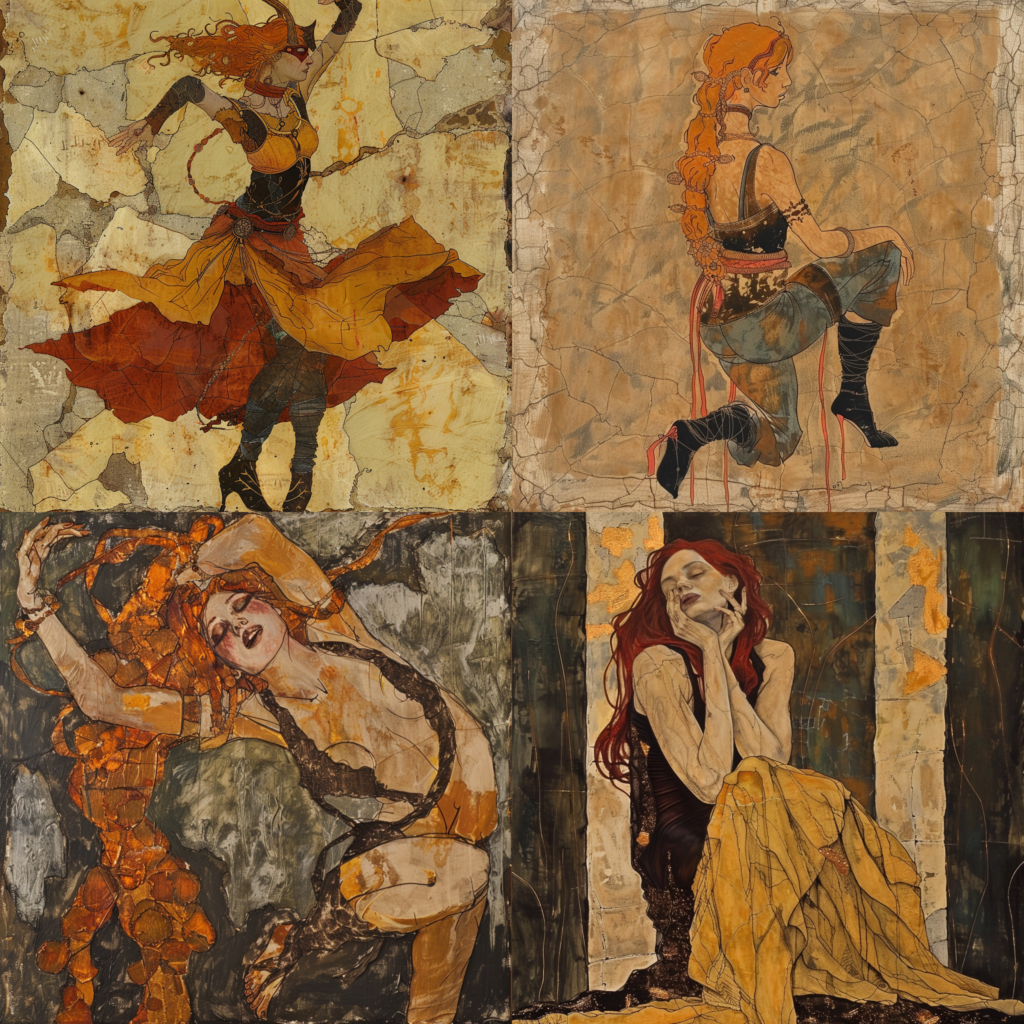
And so to today’s poem. I used several lists of poetry forms to choose and guide me as to the poems I wrote for the A-Z Challenge but principally Language is a Virus, and The Academy of American Poets – Glossary of Poetic Terms. Looking through to find a form I had not chosen previously, I came across the Contrapuntal poem which combines two poems that can be read three- ways – each separately or together, reading across the lines, to form a third poem.
Knowledge and Wisdom – a Contrapuntal Poem
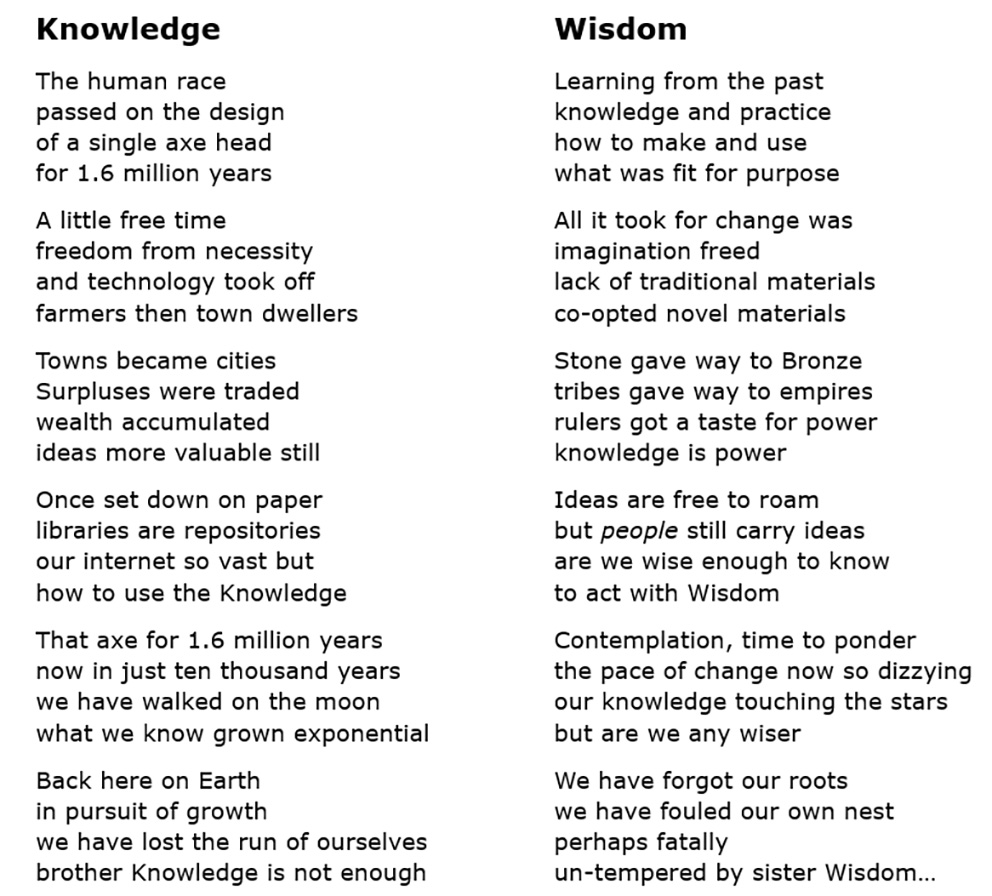
© Andrew Wilson, 2024
